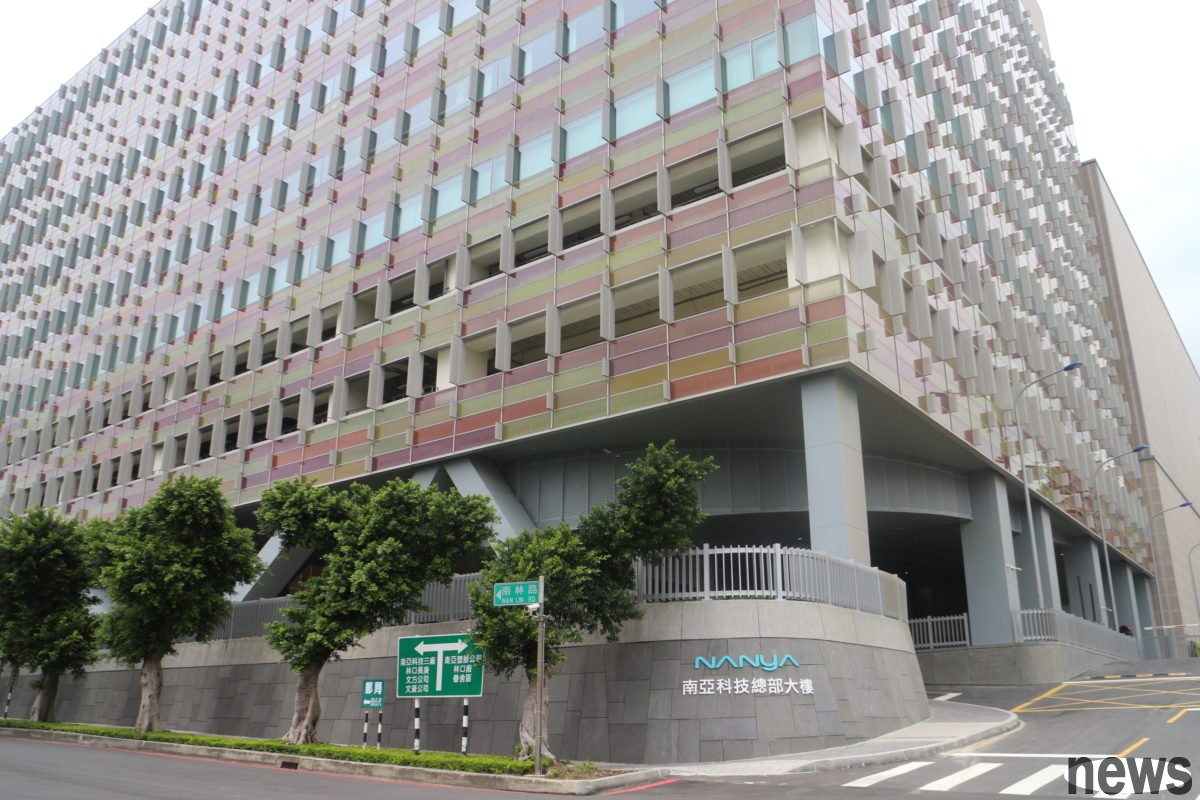
As DRAM is heading towards supply shortage, foreign investors believe that memory major Nanya will benefit strongly from this situation. In addition to resuming research on Nanya, UBS gave the company a "Buy" investment rating. And even though Nanya shares have performed strongly year-to-date, they have risen 294%. However, the research believes that there is still some room for growth, so the target price is set at NT$110 for US stocks.
The report points out that the current shortage situation in the DRAM industry is mainly due to the fact that the world's three largest DRAM manufacturers are struggling to meet the needs of their largest customers for high-bandwidth memory (HBM) and DDR5. Therefore, the likelihood of returning to a significant increase in DDR4 production without significant diversion of production resources is quite low. Since DDR4 and DDR5 revenue together account for more than 70% of Nanya's total revenue, the world's three major manufacturers may not be able to fully serve smaller DDR4 and DDR5 customers, which creates opportunities for Nanya.
The report also stated that according to market surveys, customer demand for memory capacity will continue to increase until 2026. In particular, the top four US hyperscalers are demanding approximately 100% more DDR bits in 2026 than in 2025, and are keen to sign long-term contracts covering 2026 and 2027. In addition, some large smartphone customers also require approximately 20% more DDR bits in 2026 than in 2025. Driven by this strong demand, DDR contract price expectations have increased significantly. Quarterly growth of 17% is expected in the fourth quarter of 2025, followed by 15% and 7% quarterly growth in the first and second quarters of 2026, respectively.
Currently, Nanya’s operating performance is expected to be significantly better than market consensus. With DDR4 continuing to grow faster than DDR5, DRAM average selling prices are expected to increase quarterly by 19% in the fourth quarter of 2025. This is expected to cause Nanya's operating profit margin to jump to nearly 40% in 2026, and operating profit is expected to jump significantly from the estimated NT$-843 million in 2025 to the estimated NT$393.48 in 2026. billion. In addition, the average selling price of DRAM will increase by 49% annually in 2026. This leaves Nanya's 2026 EPS estimate set at NT$10.84, 40% above consensus.
It is worth noting that Nanya’s bit growth will be limited in 2026, mainly because the company currently has no plans to expand wafer production capacity and has limited progress in process technology development. Therefore, the projected annual growth rate of bit shipments in 2026 is 13%. It is expected that bit growth will accelerate again after the new wafer fab comes online in 2027, and the mass production of the 1c process, which has already been trial-produced, and the 1d process, which is expected to be trial-produced in the first quarter of 2026. These new process technologies are expected to increase the number of bits per wafer by about 30% at comparable production yields, and will have a greater chance of meeting market demand.
In response to UBS's bullish report, Nanya's Taiwan stock price also responded on the 16th. Soon after the opening, it hit the price limit of 94.9 yuan per share, approaching the recent swing high of 101 yuan per share.